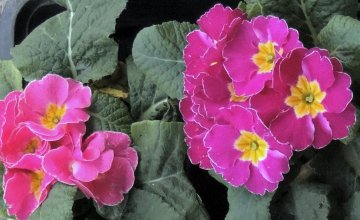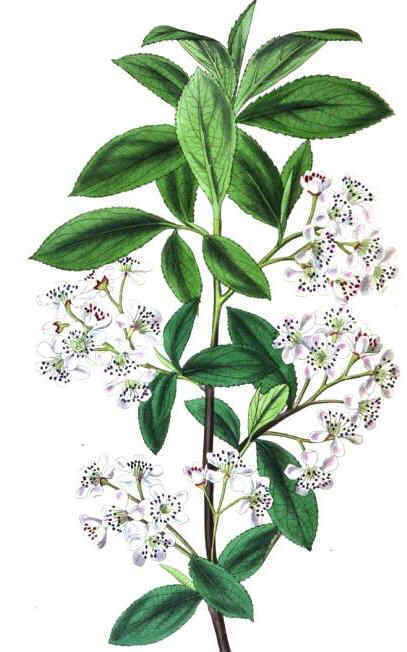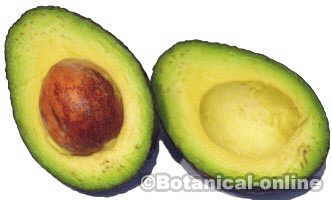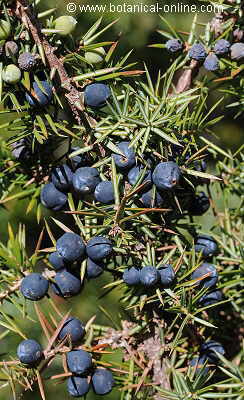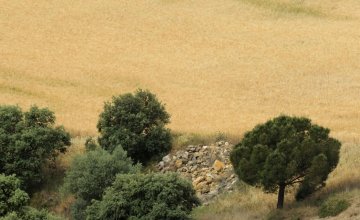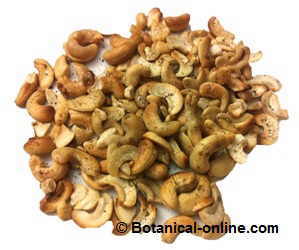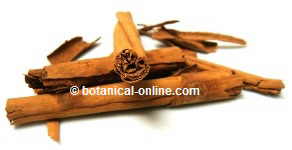Diseases of mangoes
The most common diseases affecting the mangoes are:
 Anthracnose (Colletotrichum gloeosporioides Penz) is the one that appears most frequently. It attacks all visible parts of the plant producing brown spots on the leaves, flowers or fruit fall. This disease requires treatment with fungicides.
Anthracnose (Colletotrichum gloeosporioides Penz) is the one that appears most frequently. It attacks all visible parts of the plant producing brown spots on the leaves, flowers or fruit fall. This disease requires treatment with fungicides.- Powdery mildew (Oidium mangiferae) It is a type of disease that produces a kind of powder on leaves, fruits or flowers. It occurs mainly in times of rain or heavy fog. It is treated with sulfur.
- Mango scab (Elsinoe mangifera) It produces cracks in the fruits that become rotten. It also affects the leaves producing gray lesions. The affected fruits should be eliminated.
- Wilt fungus (Ceratocystis fimbriata) A disease caused by a fungus that causes leaves to turn yellow and fall. It also affects the inside of the timber. You have to remove the affected part and clean the wound with a copper fungicide.
- Bacterial spot (Colletotrichum oleosporides) It blackens the leaves and deforms the fruit.
Plagues of mango
The main pests of mango are:
- The fruit fly (Ceratitis capitata) is an insect that lays eggs in fruit that spoil them. The affected fruits must be removed to avoid affecting the rest. Prevention is done by placing traps to catch the flies before they lay their eggs.
- Beetles (Trachysomus sp.) It is a beetle that feeds on dead wood. It cuts the stems around preventing the flow of sap. Then it puts the larvae in the affected branch that eventually becomes rot.
- Mango scales (Aulacaspis tubercularis) are insects that suck sap from the plant.
- Cowpea aphid (Aphis craccivora Koch.) The nymphs of these insects will eat the fruit at an early stage.Other pests that affect this plant are aphids, bugs and mites fundamentally. Treatment of the latter is usually done with sulfur while the other three above can be treated with malathion.
![]() More information on mango
More information on mango
This article was endorsed by Julián Masats - Technical agricultural engineer specialized in horticulture and gardening.

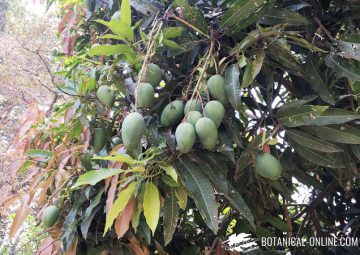 Anthracnose (Colletotrichum gloeosporioides Penz) is the one that appears most frequently. It attacks all visible parts of the plant producing brown spots on the leaves, flowers or fruit fall. This disease requires treatment with fungicides.
Anthracnose (Colletotrichum gloeosporioides Penz) is the one that appears most frequently. It attacks all visible parts of the plant producing brown spots on the leaves, flowers or fruit fall. This disease requires treatment with fungicides.